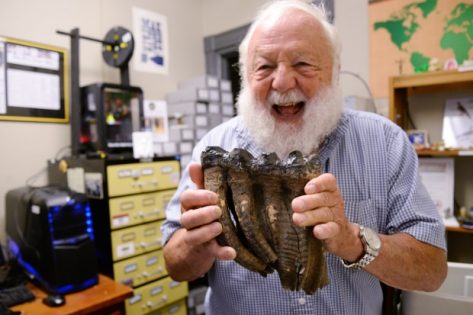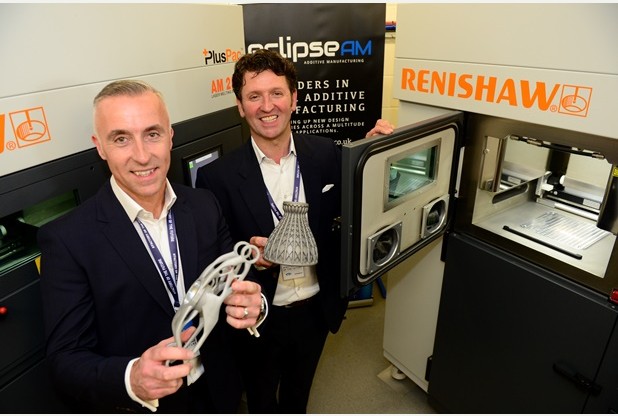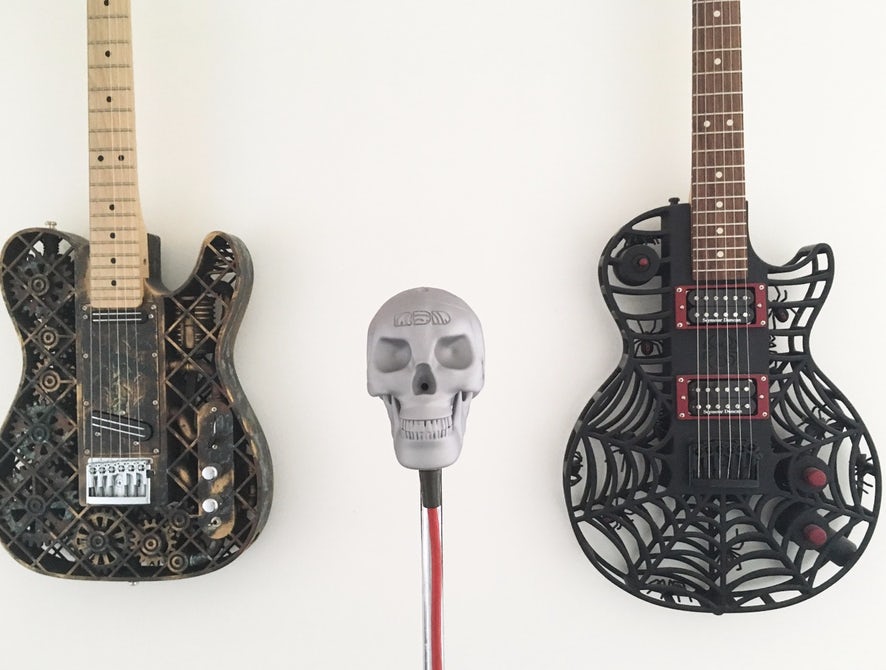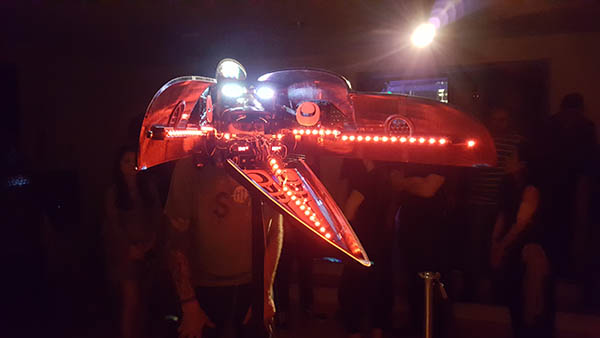In this edition of digestible 3D printing news, we feature: Virginia Commonwealth University, Staffordshire Precision Engineering, Eclipse AM, Renishaw, Olaf Diegel, Microsoft, and Shawn Hunt.
Senate bill to invest $20 million into additive manufacturing
A senate bill has outlined plans to invest $20 million into additive manufacturing. The Energy and Water Development and Related Agencies Appropriations Act of 2018 also includes support for advance composite manufacturing.
The bill “includes $20 million for the Manufacturing Demonstration Facility to support the development of additive manufacturing processes, low-cost carbon fiber, and other advanced manufacturing technologies.”
3D printed mastodon fossils
Virginia Commonwealth University’s Virtual Curation Library (VCL) has 3D scanned and printed 18,000 year old mastodon fossils.
Bernard Means, who runs the VCL, explains how 3D scanning has given further insight into the objects, “by 3-D scanning these objects, you can make very accurate measurements and easily compare them to other specimens around the world. It allows you to make virtual comparisons, so you can avoid the trouble of trying to bring everybody together. That’s been a tremendous boon.”
The fossils were first discovered in the 1980s but were only recently allowed to be excavated in 2015. Now through 3D scanning and printing the artefacts, collaborative research can be expanded into the ancient animals.

British engineering firm launches AM company
Based in Newcastle, Staffordshire Precision Engineering is launching a new 3D printing company – Eclipse AM.
The venture follows a £1 million investment which allowed the group to purchase metal 3D printer machinery from British company Renishaw.
Phil Smith of Staffordshire Precision Engineering explains the new company,
“Adopting additive manufacturing as a process within our business makes complete sense and is a move which will give Staffordshire Precision a competitive edge against other additive manufacturing suppliers.”

3D printed microphone
Olaf Diegel, the artist known for his work with 3D printed guitars, has now 3D printed the Skeletor microphone.
The microphone was created using a EOS Formiga P110 in nylon. Diegel originally planned to fabricate the device in metal but was quite content with the finish of the nylon part.
Diegel was behind the recent 3D printed mini metal distillery.

Artist creates mixed reality 3D printed art piece
Canadian artist Shawn Hunt has used 3D printing to create a unique mixed reality art piece. By collaborating with Microsoft Vancouver’s maker space, The Garage, Hunt created a raven that opens up to reveal a Hololens device within.

Known as the Transformation Mask, the project combines First Nations themes with modern day technology.
The fabrication process involved nearly 300 hours of printing time to create the 20 different pieces and also involved robotics to open and close the mask.
If you want to work in the 3D printing industry, check out our 3D Printing Industry Jobs. And to stay up to date with the all the upcoming events within the 3D printing industry, or to add your own, visit our new events page.
For all the latest 3D printing news, subscribe to the most widely read newsletter in the 3D printing industry, follow us on twitter and like us on Facebook.
Featured image shows The Transformation Mask via Shawn Hunt.



